
T HE S PELLBOOK OF M ARIE L AVEAU:
T HE P ETIT A LBERT
T RANSLATED AND WITH N OTES
BY T ALIA F ELIX
The Spellbook of Marie Laveau: The Petite Albert Translation Copyright 2012 Talia Felix All Rights Reserved Worldwide. With special thanks to S. Aldarnay for redrawing the seals. Published by Hadean Press an imprint of Circle Six ISBN 978-1-907881-26-8 (Digital Edition) ISBN 978-1-907881-24-4 (Hardcover edition) Hadean Press

www.hadeanpress.com No portion of this book may be reproduced by any means without the written consent of the publisher, except in cases of short passages for review or citation. All footnotes have been added by the translator.
INTRODUCTION
New Orleans is considered to be something of a Mecca for American magical practitioners. This town that was once home to voodoo pharmacies, witch doctors and many an old time superstition now thrives on the mythology built up around this history. Of its many famous inhabitants, one name in particular has come to dominate all concepts and representations of the citys voodoo practice as it once was: Marie Laveau.
Her tomb exists in the old St. Louis Cemetery No. 1, to which many a visitor now travels to perform a ritual of scratching an X in her wall or leaving an offering in exchange for the special aid of her spirit. Laveau really may be more famous now than she was in her own lifetime: popular tourist shops bear her name, and local bed and breakfasts advertise their offerings with claims that Laveau once owned the property.
The real Marie Laveau was a free woman of color, born around the year 1801 in New Orleans. Laveau, or Laveaux, was her own family name. In her lifetime she was often referred to as The Widow Paris after the surname of her first husband, Jacques Paris, a wealthy free man of color. She later entered into a relationship with the grandson of a French nobleman, Louis Christophe Dominic Duminy de Glapion, and it is in his family tomb that her body now rests.
By the year 1850 she was recognized as the leader of the New Orleans voodoos, who came to her cottage on St. Ann Street where she held services, gave readings, and offered magical items and services to her customers. Wildly exaggerated stories about her seemed to circulate within her own lifetime, and since her death in 1881, her legend has only continued to grow. Various spellbooks purporting to contain the works of Marie Laveau have been cropping up since at least the 1920s. Nevertheless, as the practice of American voodoo and hoodoo began to undergo some very great changes shortly after her own era, these spellbooks can be dated to a time subsequent to her death; they are not genuine. Indeed, no definitive detailed record of Marie Laveaus spells appears to exist; the memories of old timers recorded decades after the fact, and a few second-hand accounts from magazine and newspaper interviews, are the only hints that remain of her actual practice.
One might then think that to receive any glimpse of her style of magic would be a hopeless wish, but in fact, theres more to magic than the life and works of Marie Laveau.
There is a spellbook which was popular amongst the French-speakers of Laveaus day, a work of European origin called The Petit Albert , credited as the work of one Albertus Parvus Luciusa name that is apparently quite fictional and belonged to no one. Its original date of publication is uncertain, as magical grimoires during this period were often given purposefully incorrect publishing information so as to avoid censorship; it has at least been documented as existing from the year 1702. It is called the Petit Albert (Lesser Albert) to distinguish it from the well known book of Albertus Magnus (Albert the Great). Voodoo and hoodoo practitioners interviewed during the 1930s still referred to the Petit Albert as a trusted source for information in their magical practice.
The Petit Albert is a grimoire, seemingly cobbled together from data mined out of other period books of magical recipes and household hints (which, for many years, were not so well distinguished from one another as we would perceive them to be in this day and age). Information is rehashed from the works of Paracelsus, Agrippa, Cardano, and other lesser-known scientists and magicians. Its somewhat dated by its inclusion of recipes for things like the once-popular beverage Hipocras (a kind of spiced wine), but it can yet be seen how denizens of the New Orleans underworld would find the works it contains to be of merit. (Spells for purposes such as making girls dance in their underwear do, afterall, maintain a universal appeal.)
When one considers what sort of spellbooks the real Marie Laveau might have come to know in her lifetime, the Petit Albert jumps to the top of the list. Indeed, one can assume that if she was literate, and if she kept any books on the subject of magical practice, the Albert s popularity and availability would have assured it a spot on her shelf.
It was only after reaching this conclusion that I chose to present The Petit Albert as the spellbook of Marie Laveau. I had found myself looking over my own mid-sized occult collection, which includes several of the false Laveau spellbooks, and wondering if there were not some more accurate portrayal of her spells which might exist or that could be made to exist. While I have to confess, the few snippets that do survive of her genuine practices present an image of something much more African-derived than anything one would come upon in the Albert , it can also be said with certainty that the real Laveau was not speaking in a faux-Biblical English dialect instructing clients to utilize their indoor plumbing for the deployment of patent formulas purchased at the Crackerjack Drug Store, as other spellbooks portray her. That which calls itself Marie Laveaus House of Voodoo sells magical mixtures instantly recognizable as having come from the works of Scott Cunningham, and so-named Marie Laveau Spell Kits are sold featuring blessed pennies from the cauldron of Dorothy Morrison . Even her biographies are known to be wildly inaccurate, and only recently has improved scholarship begun to untangle the truth of her life from the fantastical, and often insulting, stories. Her name is used all over, yet with so little substance behind it.
My own way of thinking finds that authenticity is the most respectable way to commemorate a persons life, and to me it seems that the Voodoo Queen of New Orleans deserves much better. A spellbook under her name, that could have some reasonable semblance of the magic shed have seen in her world with her own two eyes, seemed a worthy cause.
I certainly have no proof that Marie Laveau was familiar with the contents of the Petit Albert , but I say with confidence that the book provides a period-correct view of the sort of magical knowledge that was likely to have influenced the real and genuine life and works of the famous Marie Laveau, and of New Orleans Voodoo as a whole.
Talia Felix
September, 2011 - April, 2012
MESSAGE TO THE READER :
This is a new edition of the Book of the Fantastical Secrets of the Petit Albert , known in Latin by the title Alberti Parvi Lucii Libellus de Mirabilibus Naturae Arcanis : the author, to whom it is attributed, having been one of those great men whom the ignorant people have been accusing of witchcraft; (it was once the stock of all the great minds that they possessed such extraordinary abilities with the sciences, by allying themselves with sorcerers). It is perhaps for this reason that this little treasure has come to be so rare; because the heathenistic have cast suspicion upon its utility, it has been nearly lost: for one distinctive person in this world has had the zealousness (in order that he could secure the subject) of offering more than a thousand florins for one single copy; yet it did so happen that we were able to uncover it some time later in the library of a very great man who has generously sought to lend it, so as not to deprive the public of so rich a treasure. One will now be able to make use of it for little cost, with advantage and ample gain. The mindful will not be much affected by the old-fashioned language and the lack of polish of this book; we have preferred leaving it as we found it, to changing anything, for fear of altering the true construction of the writing. As for the rest, no one will lament that such has been added to the end of this treasury even more fantastical secrets, provided by a person of great experience; and as it is discussed often within this collection, for the preparing of the secrets for the Hours of the Planets, one will find at the end of this book some tables which indicate the hour of the sunrise for all the days of the year, in order that there be no mistakes about the hours that each planet rules: for it must be known that one needs to reckon the first hour from the sunrise, and not by midnight, as some people have erroneously claimed.
Next page
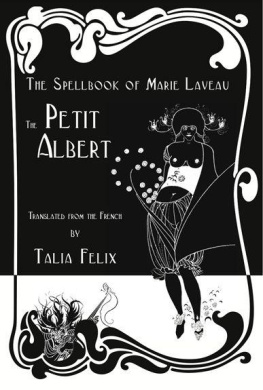

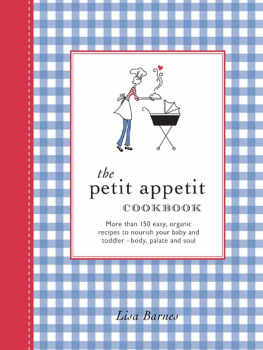
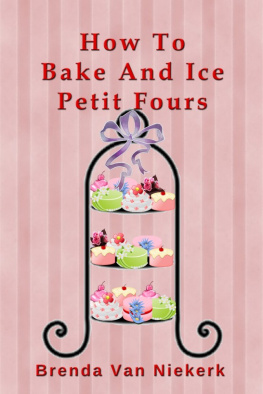

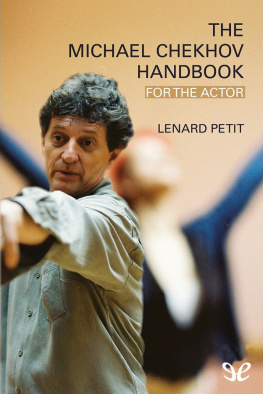
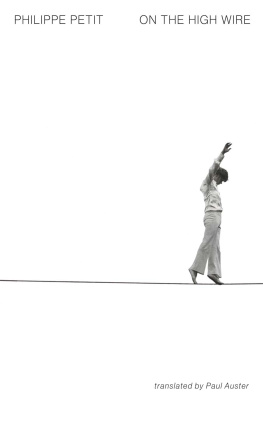
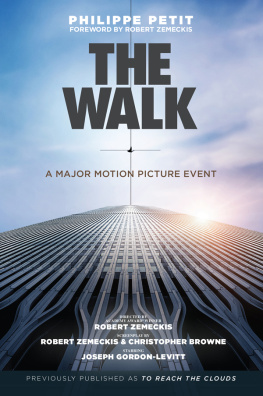
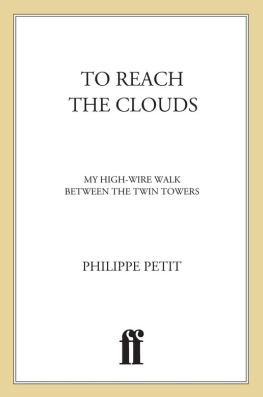

 www.hadeanpress.com No portion of this book may be reproduced by any means without the written consent of the publisher, except in cases of short passages for review or citation. All footnotes have been added by the translator.
www.hadeanpress.com No portion of this book may be reproduced by any means without the written consent of the publisher, except in cases of short passages for review or citation. All footnotes have been added by the translator.